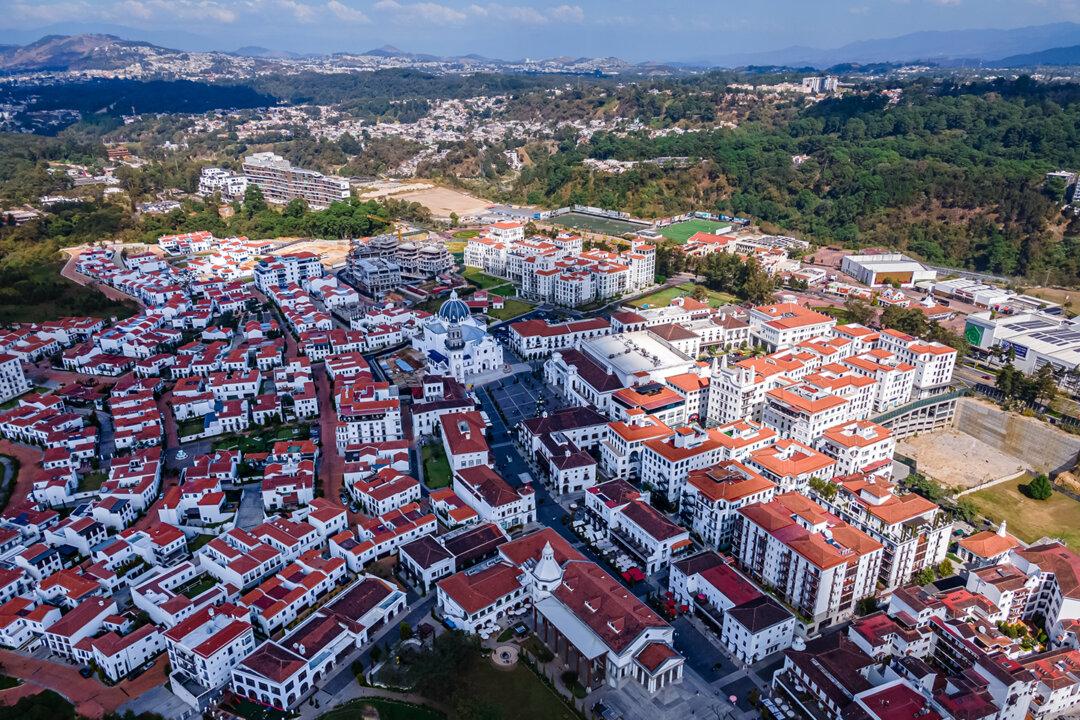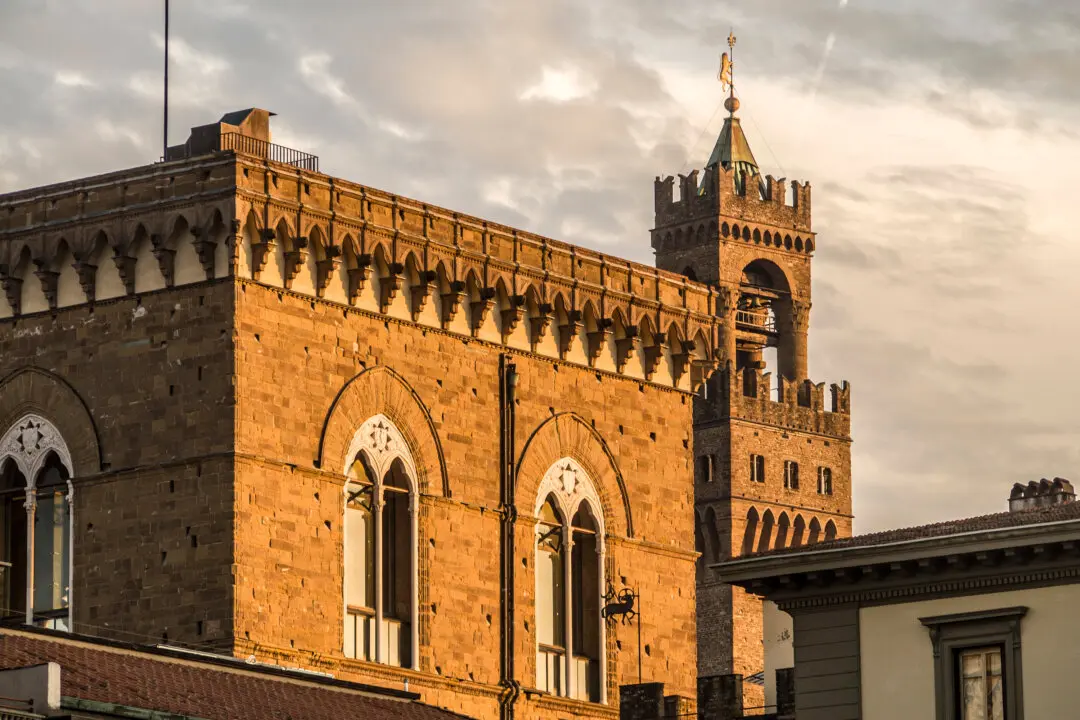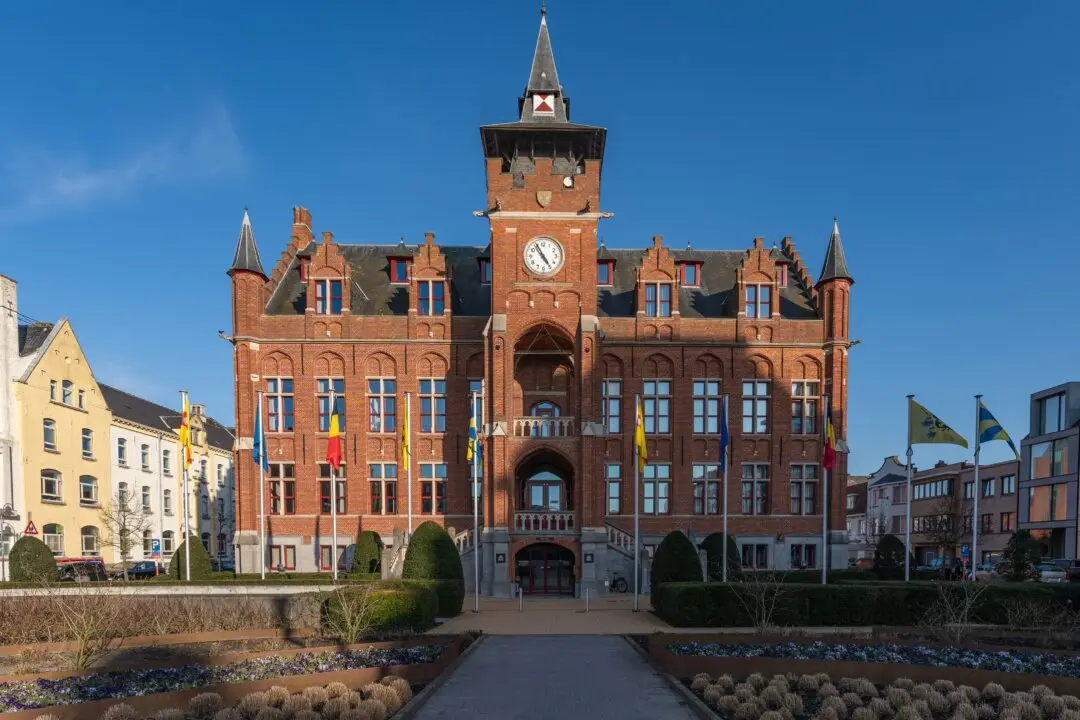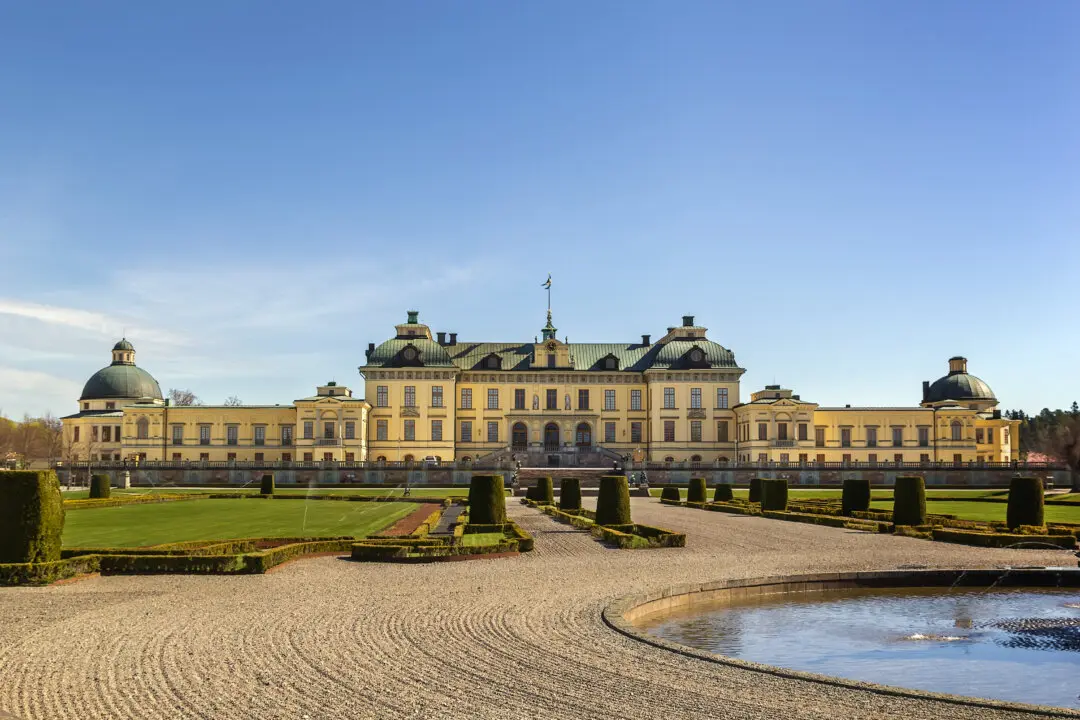Set on a plateau overlooking Guatemala City, Guatemala, the neighborhood of Ciudad Cayala is based on classical, time-tested architectural principles, yet it carefully integrates modern building techniques and local resources. Referred to as a city in Guatemala, Cayala’s success serves as a model for countries worldwide: A blueprint for a clean, safe, economically effective, and architecturally exquisite city.
Originating from a modest housing plan in 1982, Ciudad Cayala’s design transformed in 2003 when Guatemalan developer Hector Leal invited architects worldwide to meet and discuss possibilities for the new city. Leon Krier, a leading classical architect, presented a plan for building a miniature city based on traditional Guatemalan architecture. The final details were worked out by Richard Economakis, Notre Dame School of Architecture professor, and the Guatemalan architectural firm, Estudio Urbano, founded by two of his former students Pedro Godoy and Maria Sanchez.





